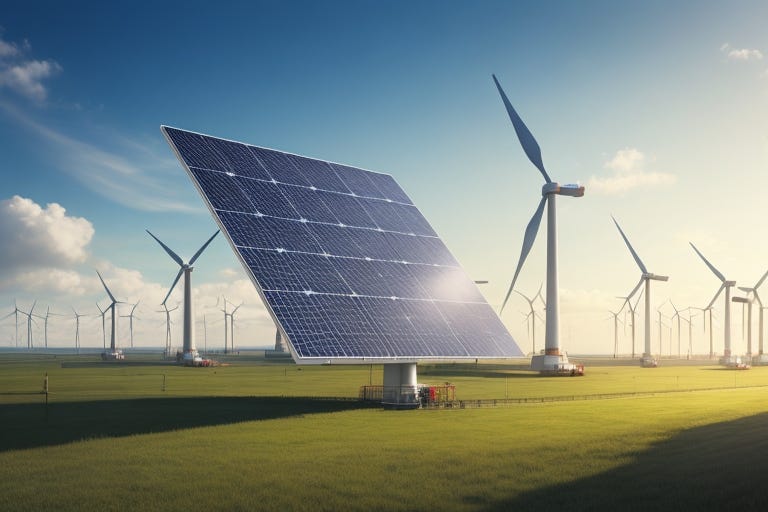modelcampusa.com – As the world grapples with the urgent need to address climate change and reduce carbon emissions, the shift towards renewable energy sources has become a critical component of global sustainability efforts. Renewable energy, derived from natural resources like sunlight, wind, rain, tides, and geothermal heat, offers a clean and sustainable alternative to fossil fuels. This article explores the importance of renewable energy, the various forms it takes, and the challenges and opportunities it presents in our journey towards a sustainable future.
The Importance of Renewable Energy
- Environmental Benefits:
Renewable energy sources produce minimal greenhouse gas emissions, significantly reducing the environmental impact compared to fossil fuels. This is crucial in the fight against climate change and in preserving natural habitats and biodiversity. - Energy Security:
Renewable energy reduces dependence on imported fuels, enhancing energy security and stability. Countries with abundant renewable resources can develop self-sufficient energy systems, mitigating the risks associated with fluctuating fuel prices and geopolitical tensions. - Economic Growth:
The renewable energy sector is a significant driver of economic growth, creating jobs in manufacturing, installation, and maintenance. It also opens up new markets and technologies, fostering innovation and entrepreneurship.
Forms of Renewable Energy
- Solar Energy:
Solar power harnesses the sun’s energy using photovoltaic (PV) cells to generate electricity. Solar energy is abundant and widely available, making it an attractive option for both residential and commercial applications. - Wind Energy:
Wind turbines convert the kinetic energy of wind into electrical energy. Wind farms, both onshore and offshore, are becoming increasingly efficient and cost-effective, contributing significantly to renewable energy capacity. - Hydropower:
Hydropower captures the energy of moving water to generate electricity. This includes large-scale hydroelectric dams as well as smaller run-of-river and tidal energy systems. - Geothermal Energy:
Geothermal energy taps into the heat stored beneath the Earth’s surface, using it to generate electricity or provide heating. It is a reliable and constant source of energy, with minimal land use and environmental impact. - Biomass and Bioenergy:
Biomass energy is derived from organic materials, such as plants, wood, and waste. Bioenergy can be used to produce electricity, heat, and transportation fuels, offering a renewable alternative to fossil fuels.
Challenges and Opportunities
- Technological Advancements:
Continuous innovation is essential to improve the efficiency and reduce the costs of renewable energy technologies. Advances in materials science, energy storage, and grid integration are key areas of focus. - Policy and Regulation:
Effective policies and regulations are crucial to support the growth of renewable energy. This includes incentives for renewable energy projects, carbon pricing, and supportive grid infrastructure. - Public Perception and Education:
Building public support and understanding of renewable energy is vital. Education and outreach programs can help dispel myths and encourage adoption of renewable energy solutions. - Infrastructure and Grid Integration:
Upgrading the electrical grid to handle the intermittent nature of renewable energy sources is a significant challenge. Smart grid technologies and energy storage solutions are critical to ensure a stable and reliable energy supply.
Conclusion
Renewable energy represents a pivotal shift towards a sustainable and resilient energy future. By harnessing the power of natural resources, we can reduce our environmental footprint, enhance energy security, and drive economic growth. While challenges remain, the opportunities for innovation and collaboration are vast. As we continue to advance renewable energy technologies and integrate them into our energy systems, we move closer to a world powered by clean, sustainable energy.
